Habitat: Planting Native Trees
Wednesday, January 29th, 2014This is Passport to Texas
Now is an ideal time to plant trees throughout most of Texas…and you might wonder why.
08—Two reasons: the two most important constituents in tree planting—the people planting the trees and the trees. It’s just much easier on them.
Scott Harris is a certified arborist in Austin. Tree planting season in Texas started in October and continues through March.
11—Getting the trees in the ground in the fall [and winter], they have the entire cool season, dormant season, to spread roots out before the big demands on roots and water start in the spring.
Just because a tree will grow in Texas, doesn’t mean it should grow here. Harris advises that we all exercise caution about what we plant in our yards.
:20—The biggest thing to avoid is non-natives. Our natives have all of the features you would want, but they’ve spent thousands and thousands of years getting used to being here, and with all of the wildlife used to having them, too. It’s all a web, and you can’t tell which string you can pull out without upsetting things.
Tomorrow we’ll have a few tree planting tips to help you and your newly planted tree enjoy a long and happy life together
That’s our show…Funding provided in part by Ram Trucks. Guts. Glory. Ram…For Texas Parks and Wildlife…I’m Cecilia Nasti.
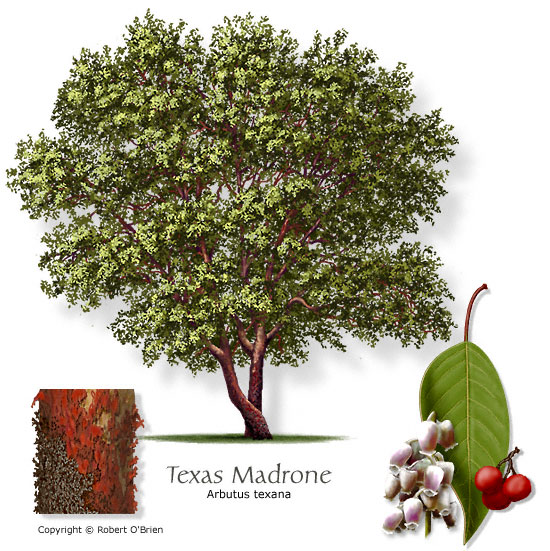

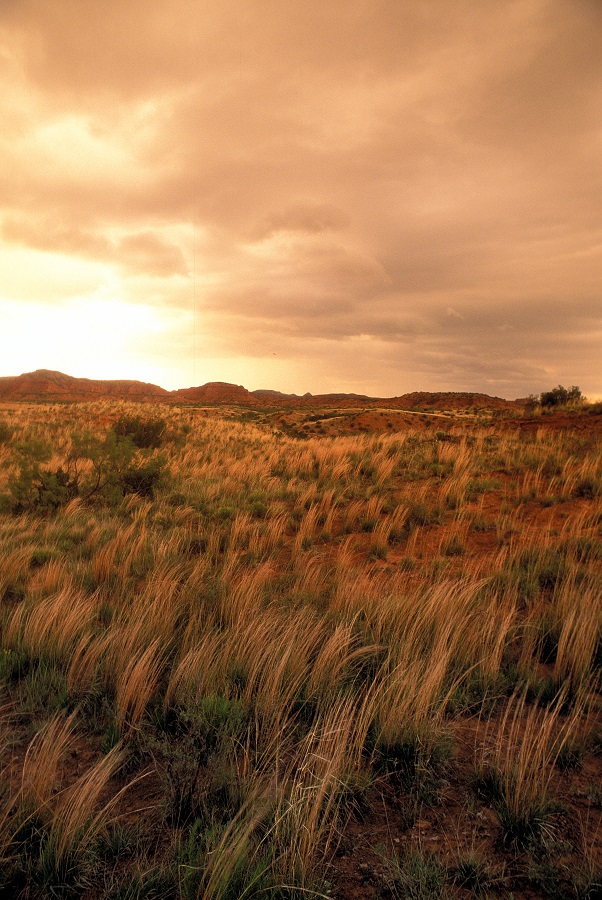
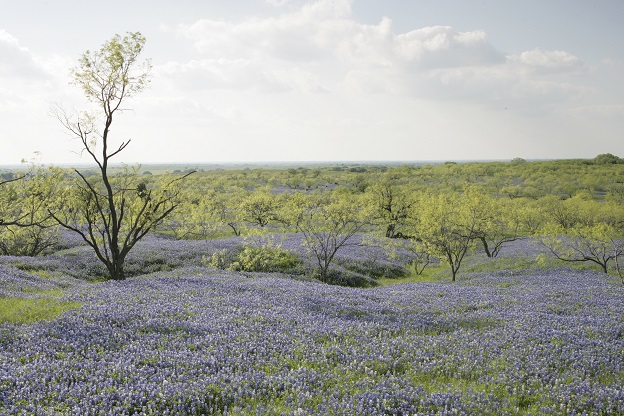
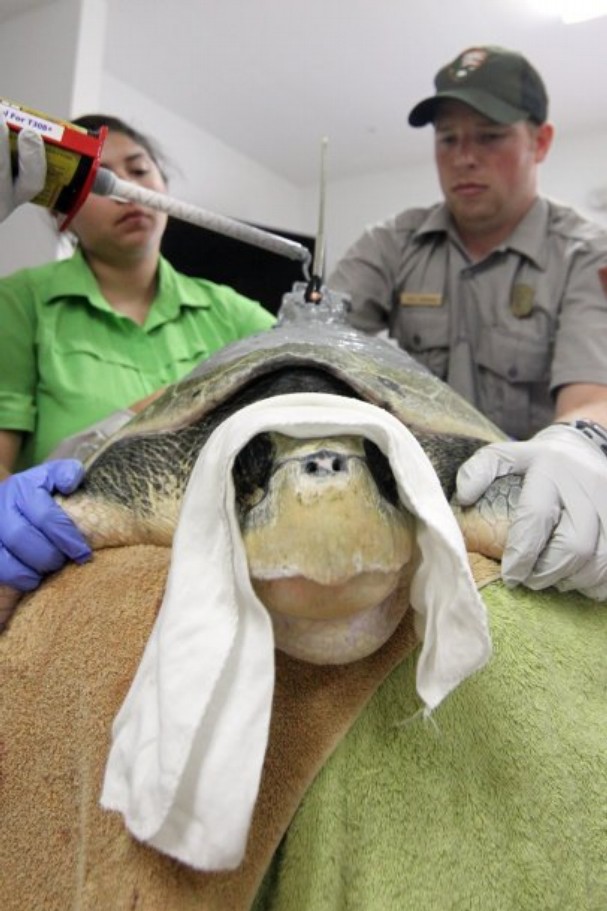
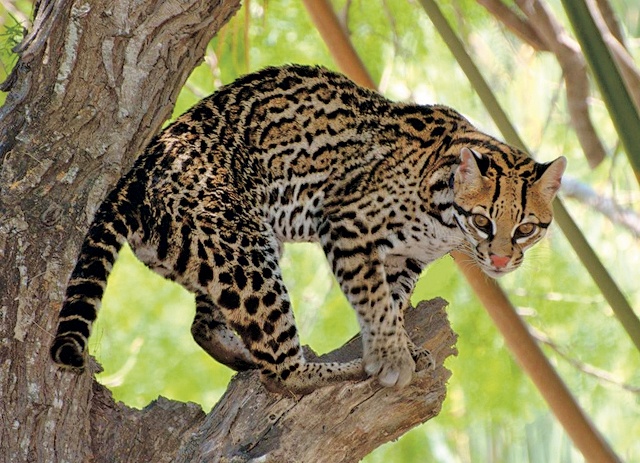

 Passport to Texas is a
Passport to Texas is a  Passport to Texas is made available by:
Passport to Texas is made available by: